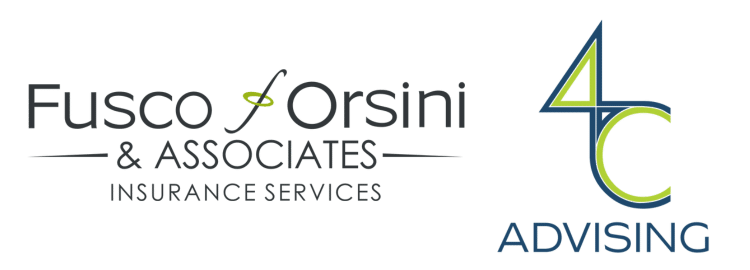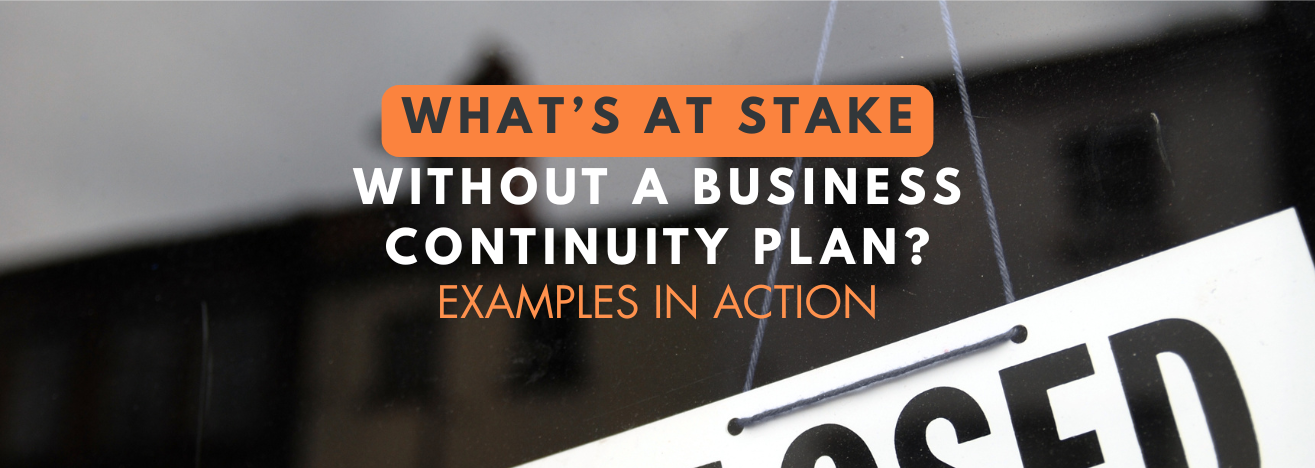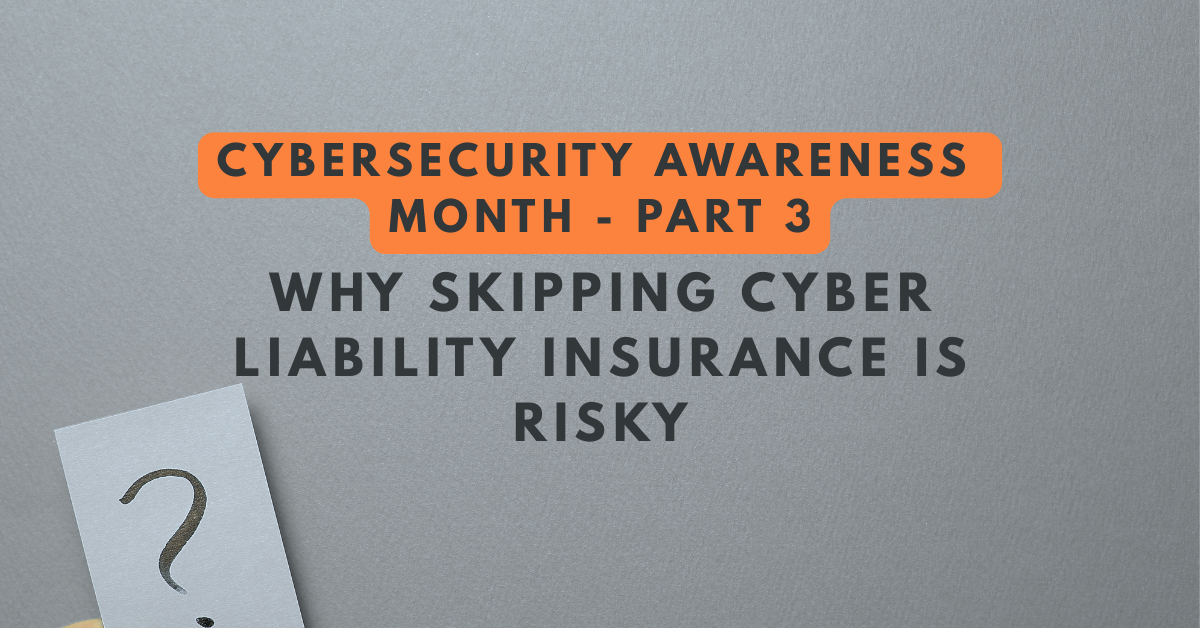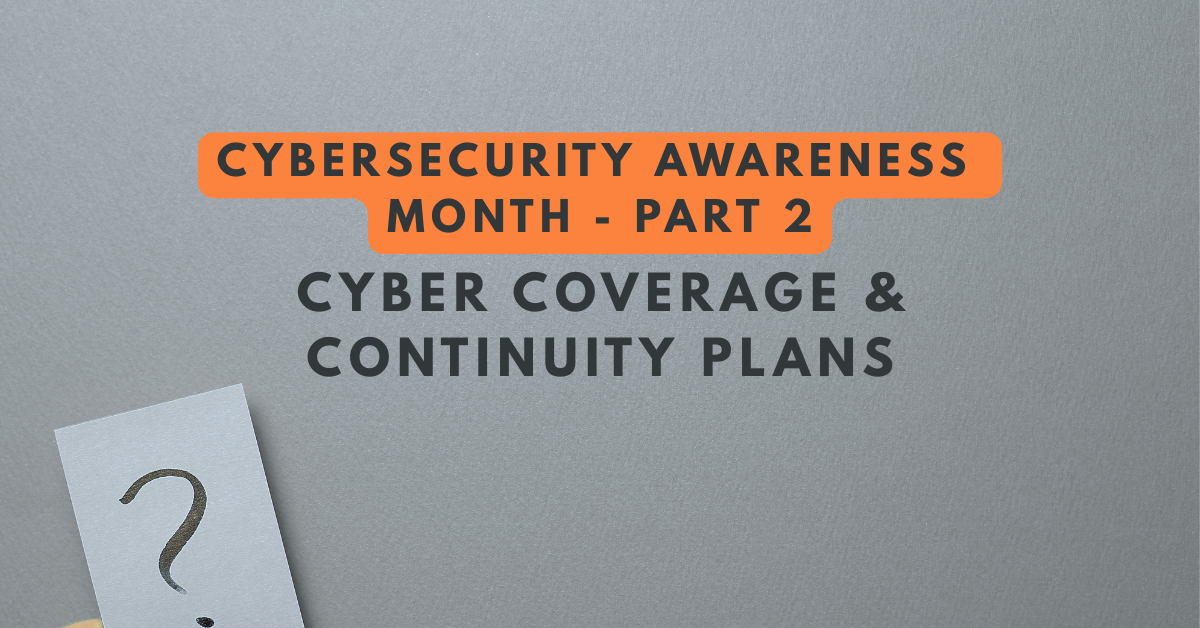Understanding Total Cost of Risk (TCOR): A Guide for Business Owners
See How We're Different
or call us: (858) 384‑1506
As a business owner, you make daily decisions that impact your bottom line. You review expenses, manage payroll, and negotiate contracts—but have you ever stopped to think about the total cost of risk (TCOR) in your business?
In many of my blogs and videos, I discuss ‘Total Cost of Risk (TCOR).’ However, I recently realized through incoming questions that I have failed to explain TCOR fully. So, I thought it was best to take a step back and provide a clear, straightforward breakdown.
Many business owners focus solely on insurance premiums when assessing risk-related expenses. However, the actual cost of risk goes far beyond what you pay for coverage. Hidden costs like deductibles, administrative fees, lost productivity, and uninsured losses can quietly drain your resources and reduce profitability.
So, what exactly is TCOR, and why should it matter to you? Simply put, TCOR represents the total cost a business incurs to manage and mitigate direct and indirect risks. Understanding this number can help you make smarter financial decisions, reduce unnecessary expenses, and ultimately protect your business’s long-term success.
In this article, I’ll explain what TCOR is, why many business owners overlook it, and how you can start managing it effectively. Knowing your TCOR can give you a competitive advantage and greater financial control, whether you’re a small business owner or running a large organization.
Let’s dive in.
What is Total Cost of Risk (TCOR)?
Many business owners assume that insurance premiums are the only cost of managing risk. However, TCOR is a much broader calculation that includes all expenses associated with risk—both direct and indirect.
At its core, Total Cost of Risk (TCOR) is the sum of all costs a business incurs to manage risk and mitigate potential losses. These costs fall into four key categories:
1. Insurance Premiums (Direct Cost)
This is the most visible and commonly recognized cost of risk. It includes what you pay for various types of insurance, such as:
- General Liability Insurance
- Workers’ Compensation
- Property Insurance
- Cyber Liability Coverage
- Auto & Fleet Insurance
While premiums are essential to risk management, they only represent a portion of your business’s total risk-related expenses.
2. Retained Losses (Deductibles, Uninsured Losses, and Self-Insurance)
Retained losses are the costs your business must pay out of pocket before insurance kicks in—or in cases where there’s no coverage. These include:
- Deductibles paid on claims
- Uninsured claims or self-insured risks
- Legal expenses related to claims or lawsuits
For example, suppose your company has a self-insured retention of $50,000 on an EPLI policy. In that case, you may be responsible for thousands of dollars in losses before your policy even starts covering costs.
3. Administrative Costs (Internal Risk Management & Compliance)
These are the costs associated with managing risk within your organization. They may include:
- Salaries of employees handling safety, compliance, or risk management
- Claims management expenses
- Legal and regulatory compliance costs
- Time spent negotiating policies, handling claims, and reviewing contracts
Many businesses overlook these hidden costs, yet they can add up quickly—especially for companies with high claims frequency or complex risk exposures. Smaller companies can scale these costs using partner consultants, such as 4C Advising.
4. Indirect Costs (Hidden Financial Impacts of Risk)
Indirect costs are often the most underestimated part of TCOR. These include:
- Lost Productivity: When an employee is injured, their absence affects operations.
- Reputation Damage: A lawsuit or safety violation can erode customer trust.
- Operational Disruptions: Downtime from equipment failures, cyberattacks, or legal issues.
In many cases, indirect costs exceed the direct cost of an incident. For example, a workplace injury may cost $10,000 in medical expenses, but the total financial impact, including lost work time and training a replacement—could reach $50,000 or more.
Why Understanding TCOR Matters
By recognizing all components of TCOR, business owners can make smarter risk management decisions instead of simply focusing on lowering insurance premiums. Reducing the total cost of risk means increasing profitability, improving operational efficiency, and protecting the business’s long-term stability.
In the next section, we’ll discuss why business owners often overlook TCOR and how you can start identifying hidden costs in your business.
Why Business Owners Often Overlook TCOR
If TCOR is critical to managing risk and protecting profitability, why do many business owners overlook it? The answer is simple: most companies focus only on insurance premiums because they are the most visible cost.
For years, the standard approach to risk management has been centered around getting the best insurance rate. While securing a competitive premium is important, it doesn’t tell the whole story. Hidden costs—deductibles, administrative expenses, lost productivity, and uninsured claims—can add up quickly and have a much more significant financial impact than the premium itself.
Common Reasons TCOR is Overlooked
The Focus is on Premiums, Not the Full Picture
Most business owners review their insurance costs annually but don’t always take the time to assess how much they’re spending on retained losses, compliance, or risk management programs. If a company only evaluates its insurance spend without considering claims expenses or downtime from incidents, it’s leaving a significant gap in its financial strategy.
Indirect Costs Are Hard to Measure
Unlike an insurance premium or deductible, lost productivity, reputational damage, and operational disruptions don’t come with a bill attached—but they still affect the bottom line. Business owners often underestimate the financial impact of workplace injuries, lawsuits, or cyberattacks because these costs are spread out over time, making them difficult to track.
Risk Management is Often Reactive, Not Proactive
Many companies wait until an incident happens before assessing their true cost of risk. For example, a business might only realize the true impact of workplace injuries after multiple claims drive up workers’ compensation costs. By the time they address the issue, they’ve already lost thousands in claims, productivity, and operational setbacks.
Lack of Internal Resources or Expertise
Smaller businesses may not have a dedicated risk management department tracking these expenses. Many rely on their insurance broker or advisor to provide insight, but not all brokers take a holistic approach to TCOR. That’s why partnering with the right advisors, like 4C Advising or similar risk management consultants, can be a game-changer.
How to Start Identifying Hidden Costs in Your Business
If you’re unsure about the total cost of risk in your business, you’re not alone. The good news is that you can start making informed decisions today by:
✅ Tracking ALL risk-related expenses, not just insurance premiums.
✅ Reviewing past claims to understand trends in losses and hidden costs.
✅ Evaluating safety programs and internal risk management efforts to identify potential savings.
✅ Partnering with risk management professionals who take a proactive approach to TCOR.
By shifting the mindset from “How can I lower my insurance premium?” to “How can I reduce my overall risk exposure?” business owners can increase profitability, improve operational efficiency, and create a stronger, more resilient company.
Up Next: How to Calculate and Reduce Your TCOR
Now that we’ve covered why TCOR is often overlooked, the next step is to understand how to calculate it and, more importantly, lower it for long-term savings.
How to Calculate and Reduce Your TCOR
Now that you understand what Total Cost of Risk (TCOR) is and why business owners often overlook it, the next step is learning to calculate it and, more importantly, reduce it.
Step 1: Calculate Your TCOR
To get an accurate picture of your total cost of risk, you need to gather data from multiple sources within your business. TCOR is usually expressed as a percentage of total revenue or operating costs, making it easier to compare year-over-year.
*Pro-TIp: ask us about our TCOR calculator!
Here’s a simple formula to start calculating your TCOR:
📌 TCOR = Insurance Costs + Retained Losses + Administrative Costs + Indirect Costs
Breaking It Down:
✔ Insurance Costs → Your total premium for liability, workers’ comp, property, auto, cyber, etc.
✔ Retained Losses → Deductibles, self-insured risks, and any out-of-pocket claim expenses.
✔ Administrative Costs → Salaries for risk management, compliance, claims handling, and legal fees.
✔ Indirect Costs → Lost productivity, business interruptions, reputation damage, and long-term impacts of claims.
If you’re unsure about certain indirect costs, review past claims and estimate the additional financial impact beyond the insurance payout. You may be surprised at how much risk costs your business.
Step 2: Identify High-Cost Areas
Once you have a baseline TCOR calculation, look at your losses and expenses trends. Common high-cost areas include:
🔴 Frequent Claims → If you have repeat claims in a specific area (e.g., workplace injuries, auto accidents), this is a red flag that preventable risks drive up costs.
🔴 High Deductibles with Frequent Losses → A high deductible may lower your premiums, but if you’re constantly paying out-of-pocket for losses, your total TCOR may still be high.
🔴 Operational Disruptions → If downtime from incidents (e.g., cyberattacks, equipment failure) is eating into productivity, it’s time to reassess risk controls.
🔴 Legal & Compliance Issues → If regulatory fines, legal fees, or compliance failures contribute to risk costs, investing in proactive solutions can be more cost-effective.
Step 3: Strategies to Reduce TCOR
Reducing TCOR isn’t just about finding a cheaper insurance policy—it’s about actively managing and preventing risks. Here are practical strategies to help lower your total cost of risk:
✅ Invest in Safety & Loss Prevention
- Implement employee training programs to reduce workplace injuries.
- Improve fleet safety policies to lower auto-related claims.
- Strengthen cybersecurity measures to prevent costly breaches.
✅ Optimize Your Insurance Program
- Consider higher deductibles if your business can comfortably absorb those costs.
- Explore alternative risk financing, such as captives or self-insurance, for better long-term savings.
- Regularly review coverage to ensure you’re not overpaying for unnecessary policies.
✅ Enhance Claims Management
- Work with proactive claims advocates to settle claims efficiently.
- Track loss trends and implement corrective actions to prevent recurring incidents.
- Ensure proper documentation to avoid unnecessary disputes or delays in claims processing.
✅ Utilize Risk Management Partners
- If you don’t have an in-house risk management team, consider working with risk consultants like 4C Advising, which specializes in lowering TCOR.
- Leverage technology-driven risk assessment tools to identify gaps and optimize strategies.
The Key Takeaway
By taking a proactive approach to risk management, business owners can gain more control over their TCOR—which translates into lower costs, improved profitability, and a more resilient organization.
The final step? Regularly monitor your TCOR and adjust your risk strategy as your business evolves. What works today may not be the best solution next year, so continuously evaluating and refining your risk management approach is key to long-term success.
Final Thoughts: The Power of Understanding TCOR
Many businesses lose money because they don’t fully understand their total cost of risk. Companies can achieve significant savings and excellent financial stability by shifting the focus from insurance premiums to a broader risk management strategy.
📢 Want to discuss your business’s TCOR? Let’s connect! I’m always happy to help business owners uncover hidden costs and create strategies for better protection, lower expenses, and long-term success.







